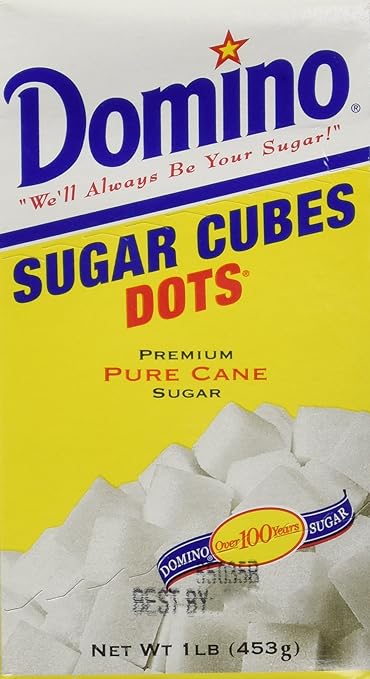So, today, we bottled our 10 gallon batch of the Quad we did, and it tastes awesome. We got great fermentation, and finished out at 1.003. I did a 5 liter starter of yeast to pitch for bottling, and we pitched it in before bottling. We did cork and cage, with ~40 750s, and 18 or so 375s.
Long story short, while we were going out for pizza, I realized that we failed to put any priming sugar into the batch, and with the final gravity so low, it'll never carbonate.
So, what can we do? We've thought about uncorking each bottle, using a small syringe (without the needle of course) to put in a measured amount of priming sugar, then re-corking and re-caging the bottle. Also thought about trying to dump all the bottles back into the bottling bucket, and re-bottling. I'm leaning more towards the first idea, rather than the second.
Anyone have any suggestions?
Long story short, while we were going out for pizza, I realized that we failed to put any priming sugar into the batch, and with the final gravity so low, it'll never carbonate.
So, what can we do? We've thought about uncorking each bottle, using a small syringe (without the needle of course) to put in a measured amount of priming sugar, then re-corking and re-caging the bottle. Also thought about trying to dump all the bottles back into the bottling bucket, and re-bottling. I'm leaning more towards the first idea, rather than the second.
Anyone have any suggestions?





